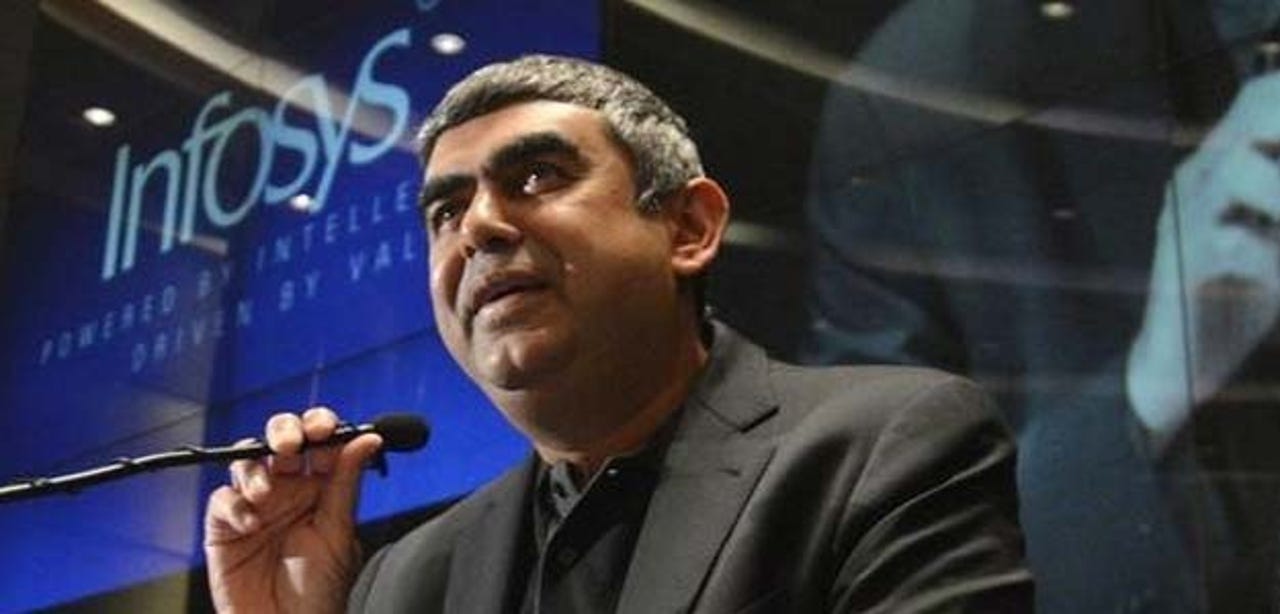Indian IT's fight to stay relevant

It's been a decade and a half since the Indian IT industry began its ascendancy into the IT services stratosphere, quickly becoming a key supplier of much of the world's IT-related software services needs. Today, it is a $100 billion-plus industry, with around $35 billion of business emanating from the US alone.
But as it wends its way along the evolutionary path, some things have been made clear to even the casual observer: The industry is quickly becoming commoditised, and will rapidly go the way of the Indian call centre sector (which saw a lot of its business migrate to the cheaper, English-speaking Philippines), and there is little differentiation between Indian IT firms when it comes to services. This means that many contracts are won and lost on price.

The problem is compounded at these firms by the general aspiration of the average coder who, as The Economic Times observed, no longer wants to get its thrills by tinkering with code, but instead aspires to the rank of manager -- which comes with a plum salary, better quality of life, and other such things. This naturally only makes things more problematic, since you only need so many managers but you do need inspired coders. Actually, the whole model drives headlong into "save my a**" process and execution, instead of "leap of faith" risk taking and innovation.
Latest news on Asia
"What I did not anticipate was the degree to which I find this mindset that we don't use our imagination, our creativity; we do more of what we are told," said the relatively new CEO of Infosys, Vishal Sikka, an SAP veteran who is busy trying to shake things up at the company. "That has been a very big negative surprise for me: The degree to which I guess things have become mundane that we don't think and don't imagine, and this is why I have been doing a whole bunch of initiatives around getting design thinking in there," he added.
The only way out of this dilemma in terms of both business model ossification and bloated, less-creative and productive manpower is to boost the level and quality of innovation from the ground up, which is what Sikka has been focused on ever since he arrived at Infosys. Some of that is being achieved by making idea generation more democratic at Infosys, by launching funds to identify and pick winners from both within and outside of the company. Many of these are in the areas of automation and artificial intelligence (AI), which Sikka wants to use to eke out more productivity from existing service lines.
Another way he aims to do that is through acquisitions, as evidenced by the purchase of automation startup Panaya for Rs 1,200 crore ($200 million). Sikka promises more of these in the pipeline by leveraging Infosys' $500 million startup fund, as well as the $5 billion stockpile.
And it isn't just the old guard doing things like this in India: TechM, the IT services company under the Mahindra Group's umbrella, has said that it will invest $150 million in "Growth Factories" over the next four years, which could be, like Infosys, home grown or acquired. Areas of interest could include "gamification, cognitive computing, artificial intelligence, and self-healing platforms".
It's too early to tell weather any of these efforts are going to ward off commodification and help climb the value chain, but it will be something that Indian IT firms need to pursue with conviction and vigour if they intend on staving off ultimate irrelevance.